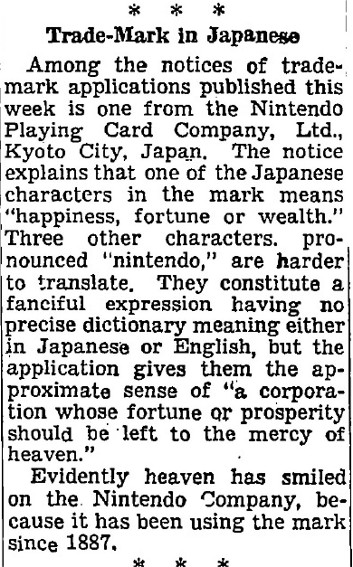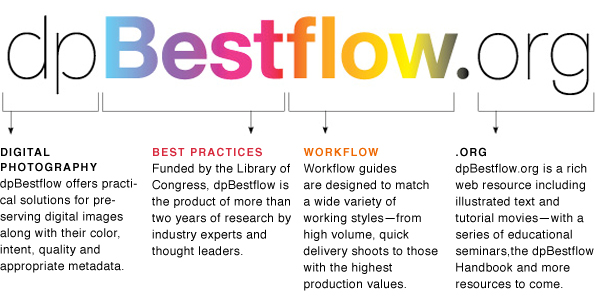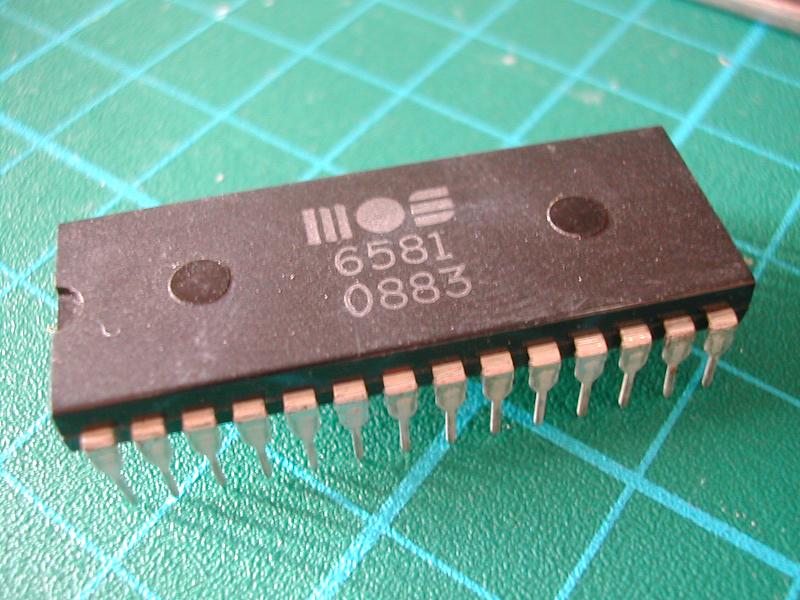Links and write-ups about beautiful things from around the web!
-
This Creative Destruction Began in the 60s As
This “creative destruction” began in the ’60s, as did many things that we now both love and regret, and it was initially a spinoff of a project funded by US military agencies. […] Mephistopheles came to Faust in the form of a poodle. After all…in some versions of the story, he cannot enter your house unbidden — you have to invite him in, like a vampire. From Internet Antichrist, a thoughtful piece by David Byrne on the the development of the ARPANET, psychoacoustics research at Bell Labs leading to vocoders and Kraftwerk, the rise of digital recording and transmission, and the possibility of the near-future demise of physical media and risks to personal privacy. The market forces of creative destruction.
-
15 Pixel Video Game Minimalism
Clever 15-pixel video game minimalism, courtesy of the London-based design and animation concern Alaskan Military School.
(Via GameSetWatch)
-
Nintendo‘s First Print Mention in the West

Nintendo’s first print mention in the West? From the NY Times, October 8, 1955. Back then the company was known best for its hanafuda playing cards and toys (and love hotels, and taxis and…)
(Via 4 color rebellion)
-
Pellet Gunn by Tim Beckhardt
A dog, a cyclops, and others kill some time with the help of wormholes and hobbyist self-modification. Made in 2008.
Pellet Gunn by Tim Beckhardt. Not 100% sure that I get the full story, but it’s great in a non sequitur, underground comix sort of way. His line work and hand-filled blacks are nicely composed, and the animation is fun. Extra points for the Philip Guston painting in the background.
-
Katie Couric Goes All Regulators on Some FMV
Katie Couric goes all regulators on some FMV villains in this circa 1990 clip about arcade laserdisc sensation (well, maybe not so much) Mad Dog McCree. It’s kind of sad to see early 90’s tv – the production values on the crummy video game look far more polished than the Today Show’s.
(Via GameSetWatch)
-
Another World Ported to HTML5 Canvas and JavaScript

Another World ported to HTML5’s <canvas> and JavaScript.
One of the best games of all time, now running experimentally in your browser, demonstrating that the future could be very bright for non-proprietary interactive content on the web. It’s only the first part of the 2nd level (or whatever you want to call the cage-swinging, alien-buddy-meeting scene) and it’s glitchy, but still looks beautiful and smoothly animated (maybe a bit too smooth, due to the <canvas> polygons being all anti-aliased and filtered out of the box). If you’ve never played the original game, an amazing high-res WinXP-compatible remake came out a couple of years back in honor of the 15th anniversary of its original release.
(Via GameSetWatch)
-
dpBestflow: Digital Photography Best Practices

The American Society of Media Photographers has a new resource up for people working with digital images: dpBestflow rounds up the best practices and workflows for digital photography, in neat, easy-to-digest pieces, with tips on subjects ranging from camera file formats to desktop hardware to room lighting. If you look at their handy Quick Reference overview, be sure to note that each bullet point links to a more in-depth piece if you’re interesting in drilling down for more info…
(Via John Nack)
-
But Gladwell Frequently Holds Forth About
But Gladwell frequently holds forth about statistics and psychology, and his lack of technical grounding in these subjects can be jarring. He provides misleading definitions of “homology,” “saggital plane” and “power law” and quotes an expert speaking about an “igon value” (that’s eigenvalue, a basic concept in linear algebra). In the spirit of Gladwell, who likes to give portentous names to his aperçus, I will call this the Igon Value Problem: when a writer’s education on a topic consists in interviewing an expert, he is apt to offer generalizations that are banal, obtuse or flat wrong. From Steve Pinker’s NY Times book review of Malcolm Gladwell’s “What the Dog Saw”. Further discussion of the Igon Value Effect over at Language Log.
-
From Endless Loop a Brief History of Chiptunes

From Endless loop: A brief history of chiptunes:
Pressure Cooker was an ambitious exception among its contemporaries. In 1980, most home computer music remained limited to single-voice melodies and lacked dynamic range. Robert “Bob” Yannes, a self-described “electronic music hobbyist,” saw the sound hardware in first-generation microcomputers as “primitive” and suggested that they had been “designed by people who knew nothing about music” (Yannes 1996). In 1981, he began to design a new audio chip for MOS Technology called the SID (Sound Interface Device). In contrast to the kludgy Atari TIA, Yannes intended the SID to be as useful in professional synthesizers as it would be in microcomputers. Later that year, Commodore decided to include MOS Technology’s new SID alongside a dedicated graphics chip in its next microcomputer, the Commodore 64. Unlike the Atari architecture, in which a single piece of hardware controlled both audio and video output, the Commodore machine afforded programmers greater flexibility in their implementation of graphics and sound […]
When I saw this headline linked by Waxy I took it to be an overview of the recent (late 90’s to now) chiptune music craze, but it’s actually a nice little overview of the nearly 30 years old history of writing music on game hardware. Even includes sections on cracktros, the demoscene, and the early advent of trackers, along with some good videos of the relevant technology.
(Photo of the SID chip via Chris Hand)
